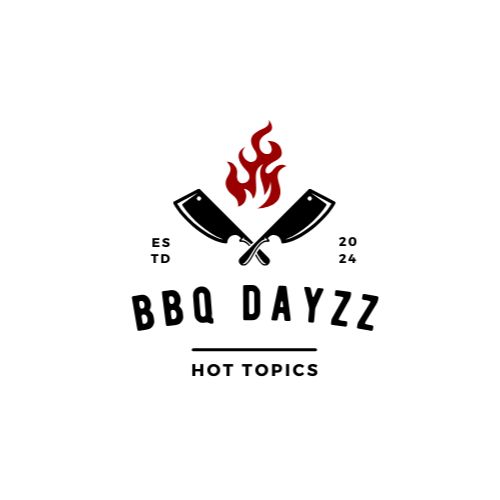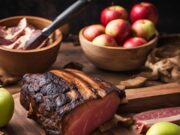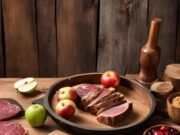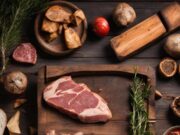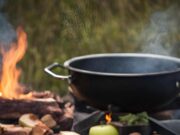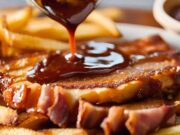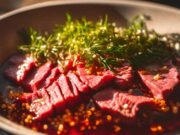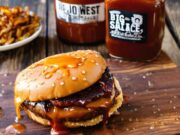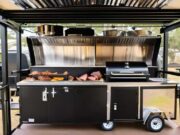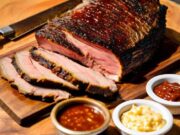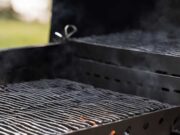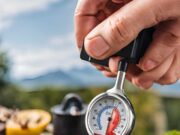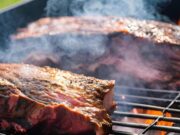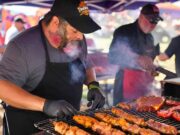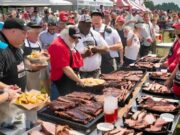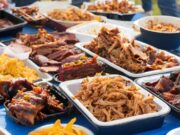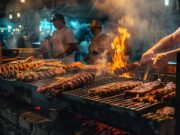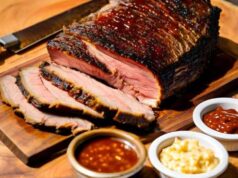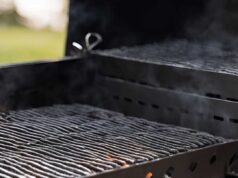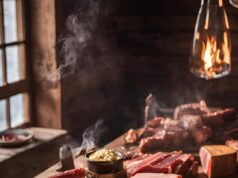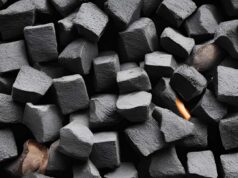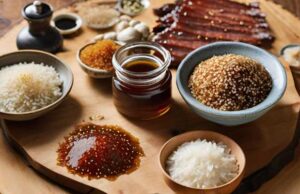- Key Takeaways:
- Mistake #1: Not Knowing Your Grill
- Mistake #2: Not Preheating Your Grill
- Mistake #3: Using Poor-Quality Ingredients
- Mistake #4: Rushing the Coals
- Mistake #5: Overloading Your Grill
- Mistake #6: Not Using a Meat Thermometer
- Mistake #7: Saucing Too Early
- Mistake #8: Ignoring Air Vents
- Mistake #9: Opening the Lid Too Much
- Mistake #10: Not Letting Your Meat Rest
- Frequently Asked Questions
Grilling can serve as an enjoyable method for preparing food and socializing with friends, yet even experienced cooks may face common BBQ mistakes.
This article outlines those pitfalls and provides tips to enhance your grilling skills. By understanding your grill and mastering the timing of your BBQ sauce, you will learn essential strategies to ensure your next cookout is a resounding success.
Eliminate mishaps and embrace the opportunity for delicious meals.
Key Takeaways:
- Familiarize yourself with your grill and its features to avoid common BBQ mistakes
- Preheat your grill for the perfect sear and cooking results
- Use high-quality ingredients and monitor meat temperature for the best flavor and safety
Mistake #1: Not Knowing Your Grill
Familiarizing yourself with your grill type, whether it’s charcoal or gas, is a crucial step in mastering grilling techniques and achieving perfect results.
Each grill type offers distinct advantages that can significantly influence the flavor and texture of your food. For instance, charcoal grills are renowned for imparting a rich smoky flavor and allowing for high-temperature searing, while gas grills provide convenience and precise temperature control. Understanding these variations will help you avoid common grilling pitfalls and enhance your overall BBQ success.
Grilling experts recommend investing in quality tools, such as instant-read thermometers and grilling baskets, to improve food safety and cooking efficiency. Utilizing a chimney starter for charcoal or incorporating a smoker box for gas can elevate your grilling experience, making it not only more effective but also significantly more enjoyable.
Mistake #2: Not Preheating Your Grill
Preheating your grill is crucial for achieving the perfect sear and ensuring even cooking, both of which significantly impact the flavor and texture of your meat. For tips on how to avoid common BBQ mistakes, learn from the pros here.
When the grill is properly preheated, it reaches a high temperature that allows the proteins in the meat to caramelize, creating a rich, savory crust. For beef, particularly steaks, an ideal temperature ranges from 450°F to 500°F. Chicken benefits from a slightly lower range of 375°F to 450°F to ensure thorough cooking without the risk of burning. Pork chops also perform well at similar temperatures.
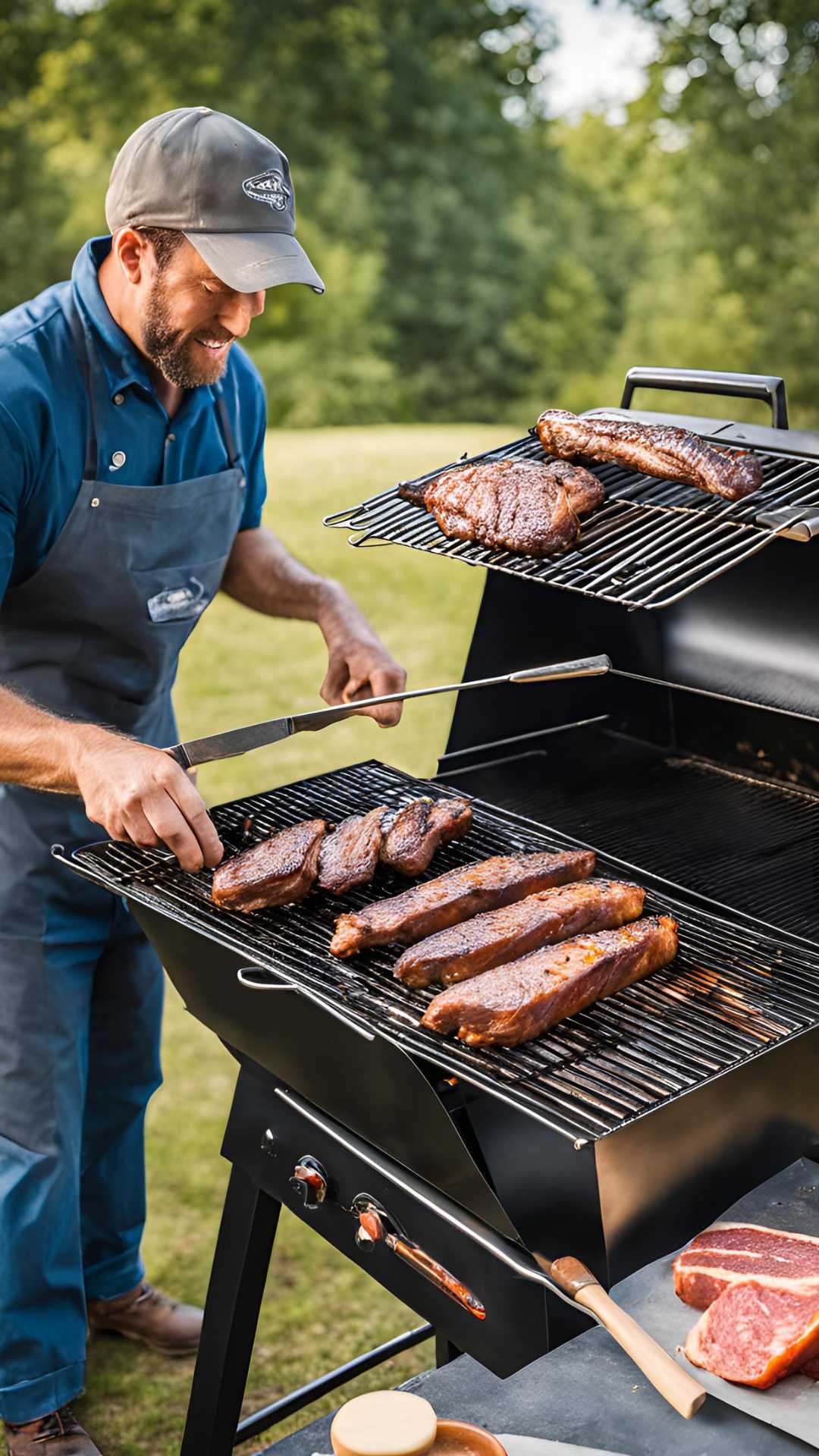
Professional chefs often advise maintaining a close watch on the grill’s heat, making necessary adjustments to the flames or venting to achieve consistent results. Additionally, oiling the grill grates and the meat before placing them on the grill can help prevent sticking and enhance those attractive grill marks, ultimately elevating both presentation and overall dining experience. Learn more about how to avoid common BBQ mistakes from the pros.
Mistake #3: Using Poor-Quality Ingredients
Using poor-quality ingredients in your BBQ can significantly compromise the overall flavor and texture, making it essential for you to select fresh, high-quality meat and vegetables.
The distinction between average and extraordinary BBQ is often found in the details, particularly regarding the quality of the ingredients you choose. Selecting meats such as grass-fed beef, free-range chicken, or sustainably sourced seafood not only enhances the taste but also ensures a more satisfying and wholesome meal.
Incorporating fresh vegetables like vibrant bell peppers, zucchini, and sweet corn can elevate your grilling experience by adding both color and crunch. Whenever possible, consider visiting local farmers’ markets, which often offer the freshest options. This allows you to support local growers while securing superior produce.
Additionally, opting for organic ingredients can lead to richer flavors and better textures, transforming an ordinary BBQ into a culinary delight.
Mistake #4: Rushing the Coals
Proper preparation of coals is essential for optimal heat management when grilling. Rushing this process can lead to uneven cooking and disappointing results.
Achieving the right temperature is crucial; it not only influences the cooking time but also affects the flavor and texture of the food. When coals are ignited, they undergo a transformation, and allowing them to reach a glowing red state indicates they are ready for grilling.
Different types of charcoal, such as briquettes, lump charcoal, and flavored options, each provide unique burning characteristics that can significantly impact your cooking experience. Briquettes tend to burn longer and more consistently, while lump charcoal ignites faster, providing a more intense heat that is ideal for searing meats. Understanding these differences will help ensure that your grilling process is both enjoyable and successful.
Mistake #5: Overloading Your Grill
Overloading your grill can lead to uneven cooking and temperature control issues, making it essential to provide each item with adequate space for optimal grilling.
When the grill is overcrowded, it becomes challenging to maintain a consistent temperature, which can cause some food items to cook faster than others. Therefore, a careful approach to placement is crucial. To effectively plan your grilling layout, consider preheating the grill and utilizing both direct and indirect heat zones. Position larger cuts of meat that require longer cooking times on the cooler side while placing quicker-cooking items, such as vegetables and thinner meats, where they can benefit from higher heat.
This strategy not only promotes even cooking but also enhances the inherent flavors of each ingredient by allowing them to reach the perfect doneness without becoming overcooked.
Mistake #6: Not Using a Meat Thermometer
Utilizing a meat thermometer is essential for monitoring the internal temperature of meats, ensuring both food safety and optimal cooking results.
Not only does it assist in achieving the perfect doneness, but it also protects against foodborne illnesses that can result from undercooked meats. For example, poultry should reach an internal temperature of at least 165°F to effectively eliminate harmful bacteria, while ground meats like beef or pork require a minimum of 160°F. Steaks and roasts are generally best served at 145°F for a medium-rare finish.
By adopting this straightforward practice, you can enjoy expertly cooked dishes while adhering to safe food handling procedures, such as washing hands and surfaces, to minimize the risk of contamination.
Mistake #7: Saucing Too Early
Adding BBQ sauce too early can lead to burnt flavors and a less enjoyable final dish, making timing essential for enhancing the meat’s flavor profile.
Grilling experts advise that sauces should ideally be applied during the final stages of cooking. This allows the sugars in the sauce to caramelize perfectly, creating a rich glaze without the risk of charring. For optimal results, consider applying a thin layer of sauce about five to ten minutes before the meat is fully cooked. This method enables the flavors to meld beautifully while maintaining the meat’s natural juiciness.
To achieve a layered flavor experience, experts recommend basting with a marinade early in the cooking process and finishing with a thicker BBQ sauce. This technique provides a delightful contrast in both textures and tastes.
Mistake #8: Ignoring Air Vents
Ignoring the air vents on your grill can significantly impact heat management and smoke production, which are critical elements for successful grilling and smoking.
These vents act as the primary control mechanism for airflow, enabling you to regulate the temperature by adjusting the amount of oxygen feeding the fire. Proper airflow not only influences heat levels but also affects the intensity and flavor of the smoke that permeates the food.
For optimal cooking results, it is essential to experiment with adjusting these vents; slightly closing them can help retain heat during long cooks, while opening them increases the temperature for quicker grilling. By observing how changes in airflow affect your grill’s performance, you can enhance your grilling experience and achieve more flavorful results.
Mistake #9: Opening the Lid Too Much
Frequently opening the grill lid can disrupt cooking temperature and timing, leading to inconsistent results and the risk of overcooking or undercooking the meat. Each time the lid is lifted, heat escapes, which requires the grill to work harder to regain the optimal cooking temperature.
Understanding this principle underscores the importance of minimizing lid openings—an essential aspect of effective grilling. To monitor cooking progress without compromising the grill’s environment, you can utilize built-in temperature gauges or a reliable meat thermometer.
Employing indirect heat and strategically arranging food can facilitate even cooking while allowing you to minimize disruptions. By adopting these methods, you will maintain a stable heat environment, resulting in perfectly cooked, juicy outcomes.
Mistake #10: Not Letting Your Meat Rest
Allowing your meat to rest after grilling is essential for ensuring that the juices are retained, ultimately enhancing both flavor and tenderness.
During the cooking process, the proteins in the meat contract, pushing the juices toward the center. If you slice the meat too soon, those flavorful juices will escape, resulting in a dry outcome. Resting the meat allows it to reabsorb these juices, ensuring that every bite remains moist and delicious. Learn how to avoid common BBQ mistakes with tips from the pros.
Typically, smaller cuts, such as chicken breasts, should rest for about 5 to 10 minutes, while larger cuts, like roasts or brisket, benefit from a longer resting period of approximately 15 to 30 minutes.
This technique not only preserves juiciness but also enhances the overall flavor of the meat, making it a crucial practice for achieving the best results.
Frequently Asked Questions
1. What are some common BBQ mistakes to avoid?
Some common BBQ mistakes to avoid include not preheating the grill, not using enough seasoning, and constantly flipping the meat.
2. How can I avoid burning my BBQ meat?
To avoid burning your BBQ meat, make sure to constantly monitor the temperature of the grill and adjust it accordingly. Also, try using a marinade or sauce to add moisture and prevent burning.
3. What is the best way to get a perfectly cooked BBQ steak?
The best way to cook a steak on the BBQ is to use the “two-zone” method. This involves searing the steak on high heat on one side, then moving it to a cooler area of the grill to finish cooking.
4. Can using too much lighter fluid ruin my BBQ?
Yes, using too much lighter fluid can not only ruin the taste of your BBQ but also be dangerous. It’s best to use a chimney starter or electric starter to light your grill.
5. How can I avoid undercooked or overcooked BBQ meat?
To avoid undercooked or overcooked meat, invest in a good meat thermometer and always check for the correct internal temperature. Also, make sure to let the meat rest for a few minutes before slicing to allow the juices to redistribute.
6. What is the secret to perfect BBQ ribs?
The secret to perfect BBQ ribs is to cook them low and slow. This means cooking them at a low temperature for a longer period of time, which allows the meat to become tender and flavorful.
